Top Google Workspace Marketplace apps
As the office begins to lose its sharply defined borders and workers of all kinds explore remote, work from home, or other nontraditional workspaces, we can start to feel overwhelmed by the constantly growing number of software options available that claim to make work run smoothly.
Technology continues to evolve at a dizzying pace, but what most people want is simple — apps that are easy to use and that talk to each other. We just want to get the job done, and we need our software choices to do the same.
That’s where the Google Workspace Marketplace comes in. It’s a one-stop shop for the apps and extensions that help you make the most of the Google Workspace suite of tools.
An introduction to Google Workspace Marketplace
Google Workspace is Google’s collection of apps that perform essential office functions — managing emails, creating documents and spreadsheets, building forms, and more. These are just some of the Google Workspace suite of apps:
- Docs
- Sheets
- Slides
- Forms
- Gmail
- Calendar
- Keep
Google Workspace Marketplace is an online repository that provides access to thousands of apps and add-ons that integrate with both Google Workspace tools and third-party apps and platforms.
The apps you’ll find in the Workspace Marketplace include many designed specifically to automate repeated tasks, thus saving time and effort that you can redirect toward deeper work or other pursuits. All apps in the Marketplace are designed to work with Google Workspace apps based on Google Workspace APIs (application programming interfaces).
Tips for choosing the right Google Workspace Marketplace app
With so many apps to choose from, how can you ensure you’re selecting the right app for your needs? First, identify the tasks you’d like to focus on (for example, signing PDFs, managing shared contacts, creating invoices, etc.), then keep these things in mind:
- Check privacy, security, and terms of service. Ensure the app doesn’t request unnecessary access to your data. Review the permissions it seeks to get an idea of how secure your data will be. Some apps also display a security badge icon, indicating the app passed an independent security data review. Also remember to review the terms of service included in the Additional information section of the app’s page in the Marketplace.
- Consider integration and compatibility. Check the app’s page in the Marketplace to ensure it’s compatible with the Google Workspace tools you use, such as Gmail, Drive, or Calendar. Check out the app overview tab to evaluate the app’s interface for user-friendliness and compatibility with your current workflows.
- Examine the pricing model. Some apps are free, while others cost something up front or offer paid features. Make sure you understand what you’re getting, and then you can decide whether you’re willing to pay for it.
- Evaluate the app’s reputation. Check the overall rating on the Marketplace as well as the most recent reviews. Look for mentions of updates and customer service experiences.
Evaluating Google Workspace Marketplace apps based on these four points can help you make the right choice.
Steps to find and install an app in the Google Workspace Marketplace
Sign into your Google account, open the Google Workspace Marketplace, and follow these steps:
- Search for an app. You can use the search bar at the top of the page to look for an app, or you can browse through the categories in the menu on the left to explore available apps.
- Review the app’s details. Click on the app from the search results to open its detailed page. Review the app’s description, features, user reviews, price, and permissions to ensure it meets your needs.
- Install the app. Once you’ve decided on an app, click the blue Install button. A popup window will appear, asking for confirmation and showing the permissions the app will need. Review the permissions the app requires and click Continue to grant those permissions.
After you’ve installed the app, it will be available to you within the relevant Google Workspace app’s interface. You can access its functions through the Add-ons menu (unless the app’s documentation specifies a different location).
10 best Google Workspace Marketplace apps for 2025
Below, we’ve gathered 10 highly rated and popular apps on Google Workspace Marketplace that can help save time, improve productivity, and empower you to get the most out of your software.
1. Zoom for Google Workspace
Key features: Zoom’s Google Workspace integration lets you integrate Zoom meetings with Gmail and Google Calendar. It allows users to schedule Zoom meetings from emails, automatically pulling important information like attendees and subjects. You can add Zoom meeting details to Google Calendar invites with a simple click.
Pros and cons: The Zoom add-on is free to use. Companies that rely on both Zoom for video meetings and Google Calendar for managing those meetings can save time with this app, which allows the platforms to connect with each other without additional manual steps. While the app has an overall positive rating, some users report glitches and usability issues.
Plans and pricing: The Zoom add-on itself is free to use. Zoom offers a free version as well as multiple paid plans.
Google Workspace Marketplace rating: 4.4/5.0 from 8,200-plus ratings
2. Copper CRM for Google Sheets
Key features: Copper CRM’s add-on works hand in hand with Google Sheets to integrate into your Copper CRM dashboard, empowering you to work with your data in more meaningful ways. Pull in leads, opportunities, people, or businesses associated with whatever labels you’re already using in Copper. They’re automatically populated with your Gmail data.
Pros and cons: This add-on can be useful for companies that use Copper to manage customer lists and also manage data in Google Sheets. The add-on comes with an independent security verification badge. Some earlier reviews include complaints about the pricing terms, so make sure you double-check the terms before committing.
Plans and pricing: The add-on comes with a free trial. Copper itself offers several paid plans.
Google Workspace Marketplace rating: 4.5/5.0 from 500-plus ratings
3. Jotform
Key features: Jotform offers a number of Google Workspace Marketplace apps to boost productivity within your organization, allowing you to collect e-signatures, convert Google Forms into mobile apps, convert PDFs and Word documents into online forms, and access a powerful Form Builder from Google Drive. Integrating Jotform products with Google Workspace can help save you time and manage data collection and documents efficiently.
Pros and cons: Jotform’s deep functionality allowing for creating, filling, and managing forms translates into more efficient data collection using the Google tools you already know. Whether you’re collecting electronic signatures, building forms, creating apps, or converting documents into forms, Jotform’s add-ons can help you do it.
Plans and pricing: All of Jotform’s apps for Google Workplace are free, with some paid features available for purchase. Jotform itself offers a free plan and paid options.
Google Workspace Marketplace ratings: 4.8–5.0/5.0, depending on the app
4. Task, Project, Form and Rota Manager by Formatic
Key features: Formatic’s Task, Project, Form and Rota Manager aims to do a lot: help you create customizable kanban boards, organize and manage responses to Google Forms, simplify and streamline management of tasks and spreadsheets, and more. It integrates with both Google Sheets and Forms to convert data tables into actionable tasks on a Formatic board, organize and prioritize those tasks, and give you real-time insights into your workflow and how those processes are performing.
Pros and cons: With its kanban board functionality, this app can help users visualize workflows and track project and task progress by pulling data from Google Sheets. It’s a powerful addition to any business that relies on Google Forms or Sheets for project data.
Plans and pricing: Formatic’s add-on is free of charge, with some paid features available. Formatic itself offers a free version and two paid plans.
Google Workspace Marketplace rating: 4.7/5.0 from 15 ratings
5. G-Accon for Xero
Key features: G-Accon for Xero creates a seamless workflow from Google Sheets to Xero and back again. Users can auto-export Xero reports and data or edit and automatically upload that data to Xero from Google Sheets. You can share live spreadsheets with your team or clients through Google. Businesses will also appreciate the multicurrency converter.
Pros and cons: You’ll need a separate Xero account to use G-Accon for Xero. Xero offers three paid plans. Users appreciate the ability to set up automatic workflows for easier data analysis and functionality.
Plans and pricing: G-Accon for Xero offers four paid plans for businesses and enterprise users.
Google Workspace Marketplace rating: 4.7/5.0 from 60-plus ratings
6. DocHub
Key features: With the DocHub – PDF Sign and Edit add-on, you can easily sign PDFs and other documents from Google Drive, create forms, and even edit PDFs for free. Insert additional text, draw, highlight, comment, and insert images and stamps on your PDF with simplicity. DocHub also helps you merge documents, reorder pages, and add or delete pages while you work with your PDF or other document type.
Pros and cons: DocHub boasts a simple, intuitive interface and a seamless, clean experience. Some users note that there’s a bit of an initial learning curve in order to take advantage of all the tools and functionality DocHub offers, but most agree the app is simple to use after.
Plans and pricing: The DocHub add-on is free of charge, although there’s a paid plan option that removes limitations on the number of documents you’re able to process.
Google Workspace Marketplace rating: 4.5/5.0 from 14,400-plus ratings
7. Kami
Key features: With Kami, students of all ages can stay more aligned and engaged with streamlined and user-friendly document annotation tools. Kami’s add-on integrates with Google Drive and Google Classroom, allowing you to pull documents for markup and create Kami assignments.
Pros and cons: Kami integrates with both Google Classroom and Google Drive. Use it to help augment and amplify in-house training sessions and materials. This tool lets you comment on PDFs, but if you’re looking to actually edit PDFs you’ll need to go elsewhere.
Plans and pricing: Kami is free but does have some premium features available for purchase. It offers a paid plan for teachers and a custom paid plan for schools or districts.
Google Workspace Marketplace rating: 4.4/5.0 from 13,700-plus ratings
8. AppSheet
Key features: AppSheet is Google’s no-code app development tool. This add-on lets you turn Google Sheets into mobile apps with just a few clicks. You can then edit the app’s interface and data display. Your app’s data will sync with your Google Drive.
Pros and cons: The AppSheet add-on lets you easily turn data collected in a Google Sheet into a mobile app. There are fewer customization options than other no-code app builders, however.
Plans and pricing: The AppSheet add-on is free to use, with some paid features.
Google Workspace Marketplace rating: 4.4/5.0 from 1,200-plus ratings
9. Yet Another Mail Merge for Gmail
Key features: Yet Another Mail Merge (YAMM) for Gmail lets you pull contacts from Google Sheets to send personalized Gmail messages to, as well as track opens, clicks, responses, bounces, and unsubscribes. Since you’re sending from your Gmail account, your YAMM emails successfully land in recipients’ inboxes more frequently than they do with some other tools.
Pros and cons: Users report that the setup and configuration process with YAMM for Gmail is simple and easy to complete. Some users also commend YAMM for its knowledgeable staff and access to support. YAMM’s free plan limits sends to 20 recipients per day, with the limit increasing on paid plans.
Plans and pricing: YAMM for Gmail is free of charge, with some paid features available. YAMM offers a free plan and several paid options.
Google Workspace Marketplace rating: 4.7/5.0 from 18,000-plus ratings
10. Zoho Invoice
Key features: With the Zoho Invoice app, you can create professional invoices in just a few minutes. You can also send the invoices, track opens and payments, and even categorize your expenses for reimbursement by your clients. Zoho Invoice also offers a comprehensive reporting function so you can get a bird’s eye view of your company’s expenses and income.
Pros and cons: Users speak favorably of the tool’s ease of use and functionality. Many reviews also comment on its mobile accessibility and its automated reporting tools. Some users also suggest Zoho could make improvements to the client portal functionality.
Plans and pricing: Zoho Invoice is free to use.
Google Workspace Marketplace rating: 4.7/5.0 from 150-plus ratings
FAQs about Google Workspace Marketplace
What are Google Workspace Marketplace apps?
Google Workspace Marketplace apps are mostly third-party applications or add-ons that integrate with Google Workspace tools, including Gmail, Drive, Docs, Sheets, and more. These apps help you save time by automating repetitive tasks, streamlining workflows, communicating between other software products and Google apps, and providing access to more advanced features.
How many apps are in the Google Workspace Marketplace?
You can find thousands of apps in the Google Workspace Marketplace. The exact number of apps in the Marketplace can change as apps are added and older ones are removed.
How do I publish an app to the Google Workspace Marketplace?
Here’s a quick overview of the steps for publishing an app to the Google Workspace Marketplace. Details are available in Google’s Workspace Marketplace documentation.
- First, create a Google Cloud project — you have to do this to use Google Workspace APIs.
- Configure OAuth.
- Fully test and evaluate your app to make sure it meets Google’s publishing guidelines. You’ll also need to prepare documentation and support materials and ensure it complies with Google’s security and privacy policies. You’ll need a website and a logo for your app to be listed in the Marketplace.
- Set it up in the Google Workspace Marketplace SDK.
- Create a store listing with app details and assets.
- Submit your app for publishing.
Photo by Vitaly Gariev


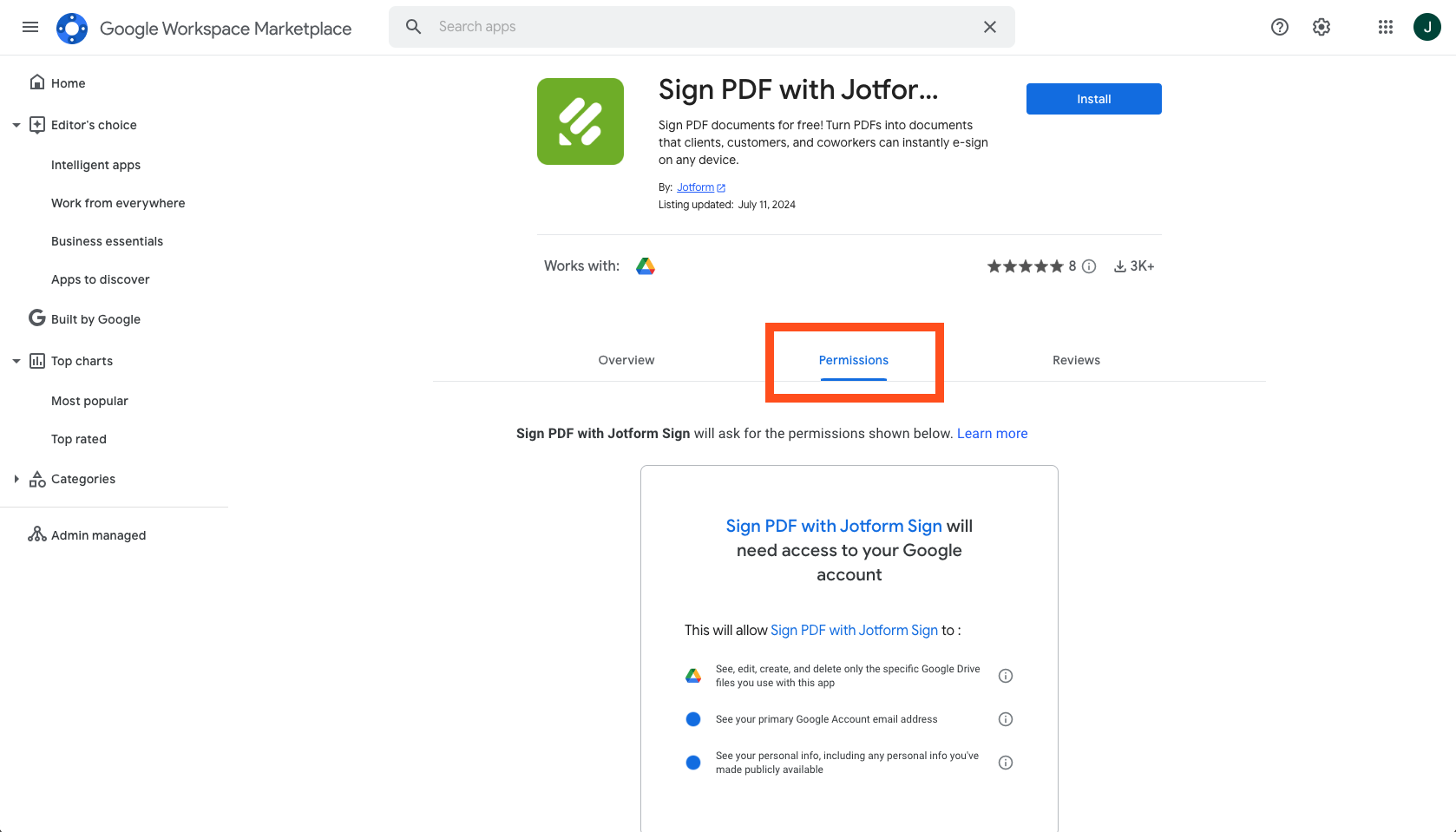
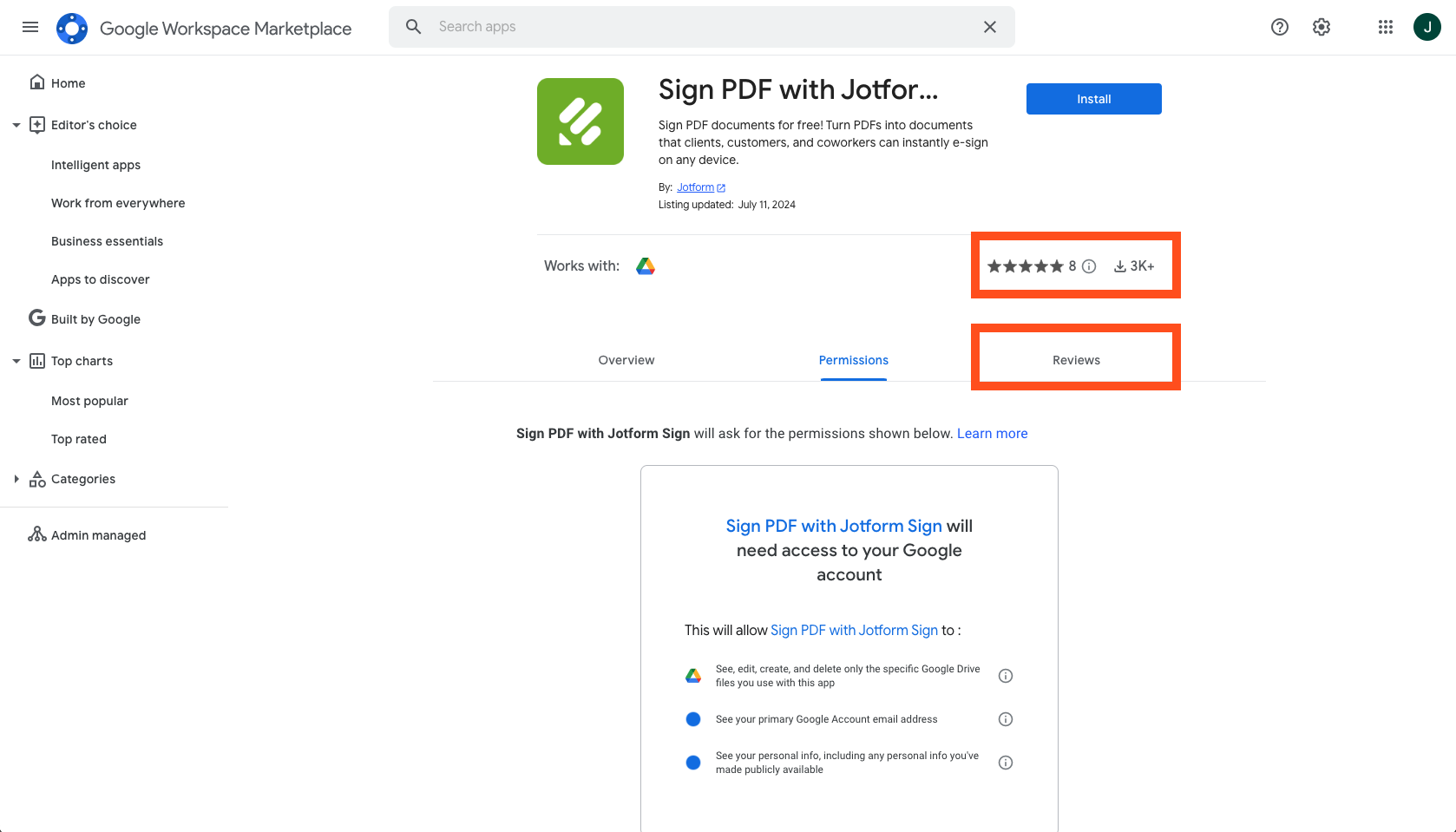
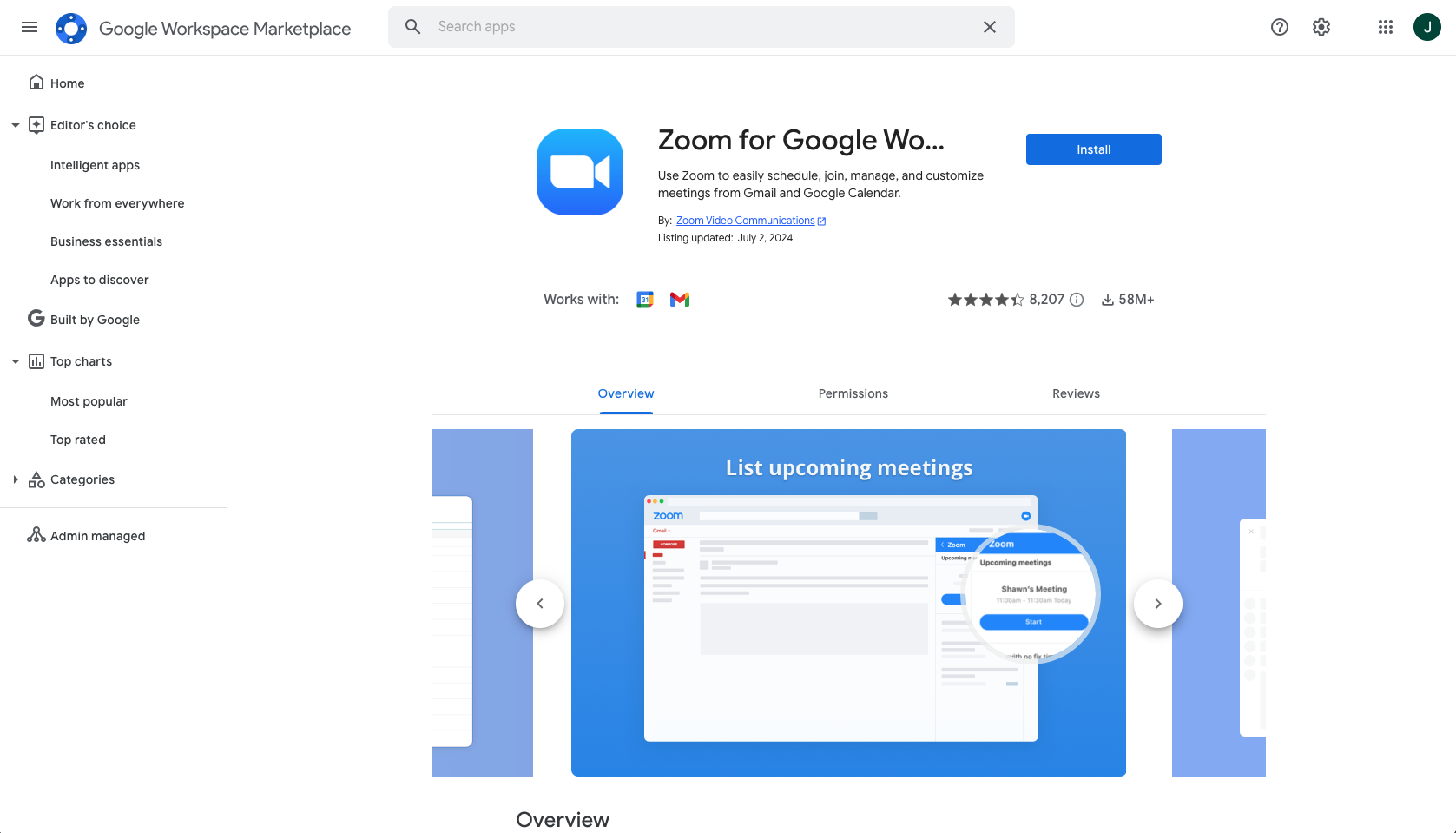
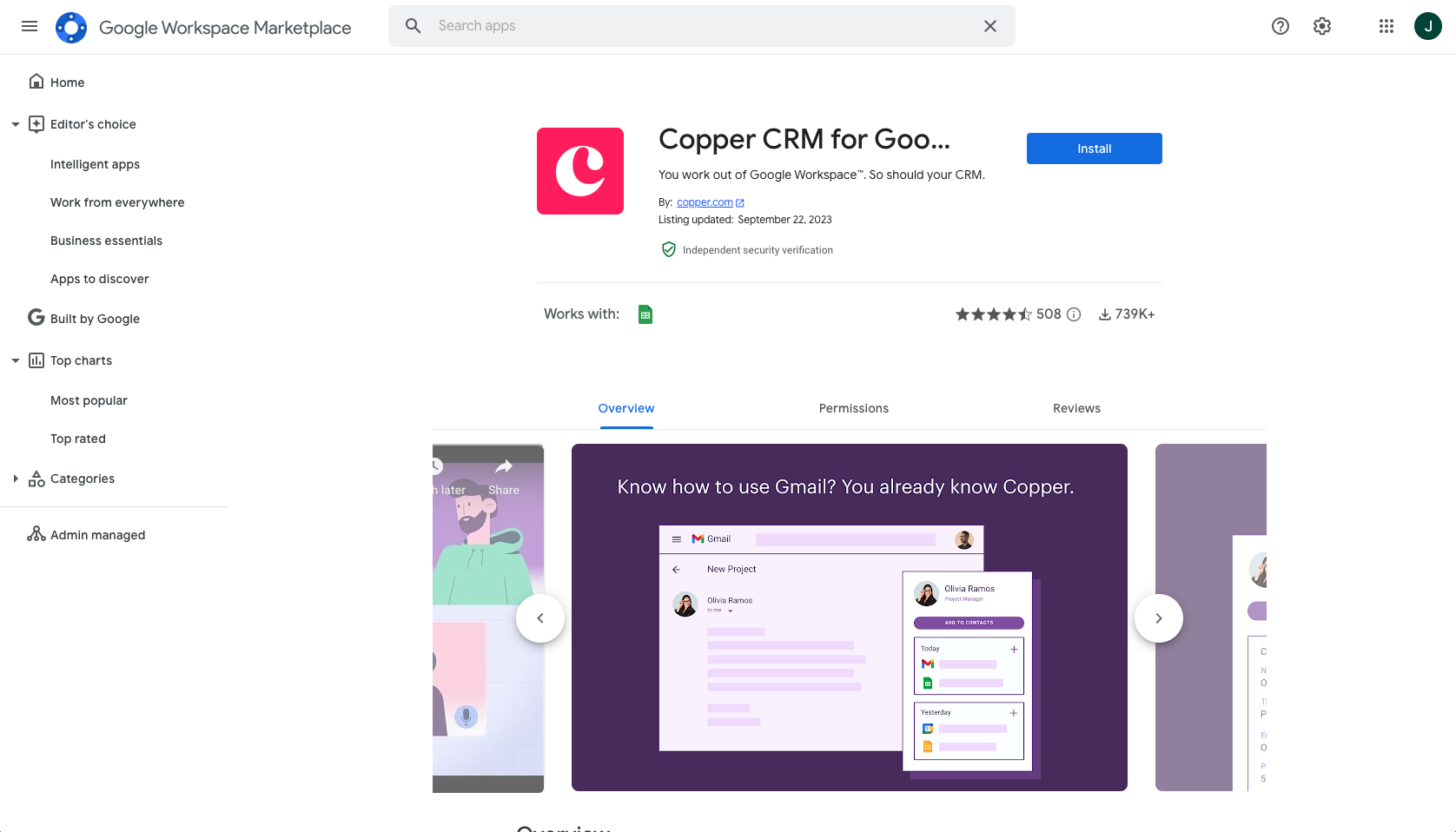
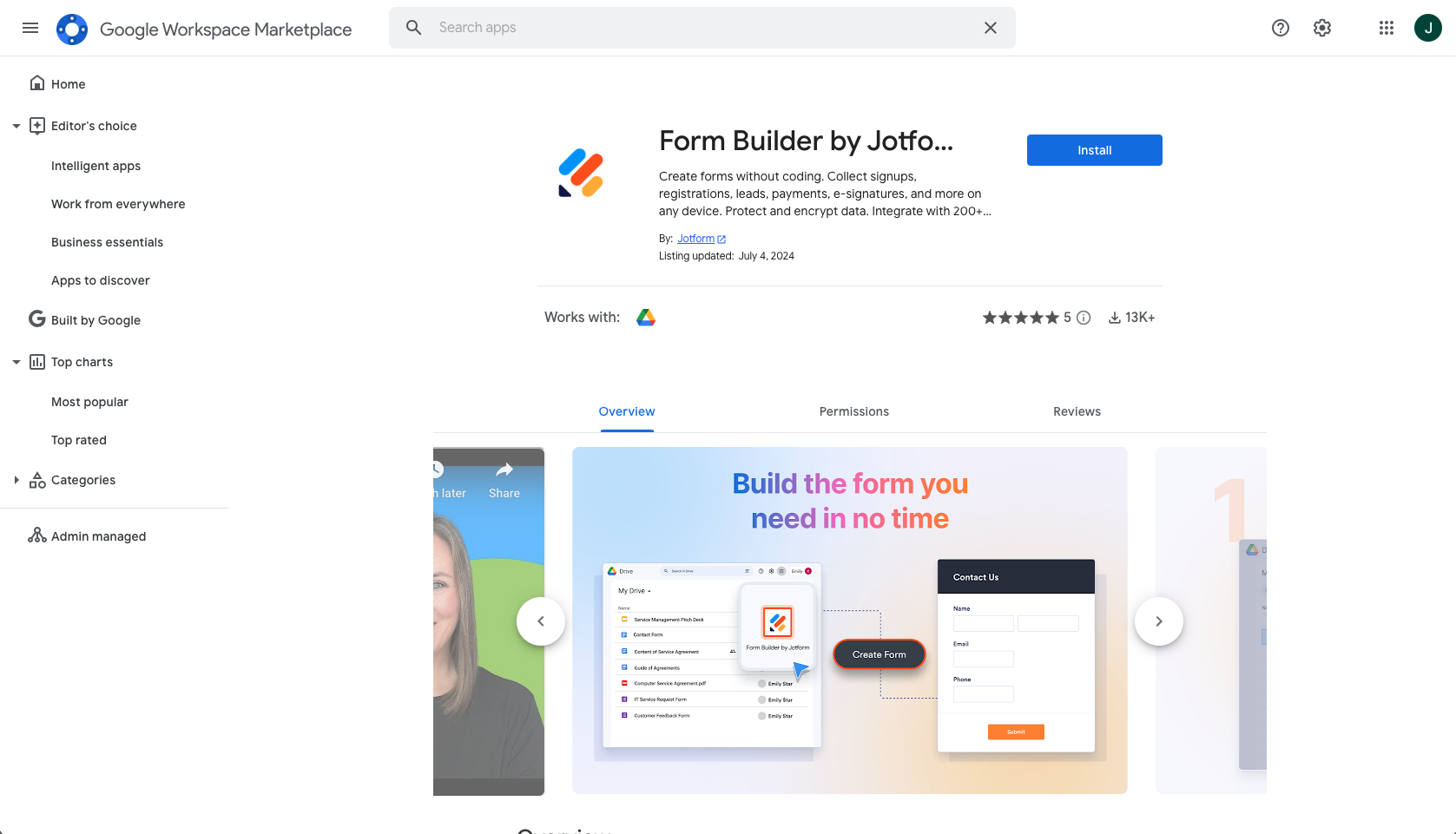
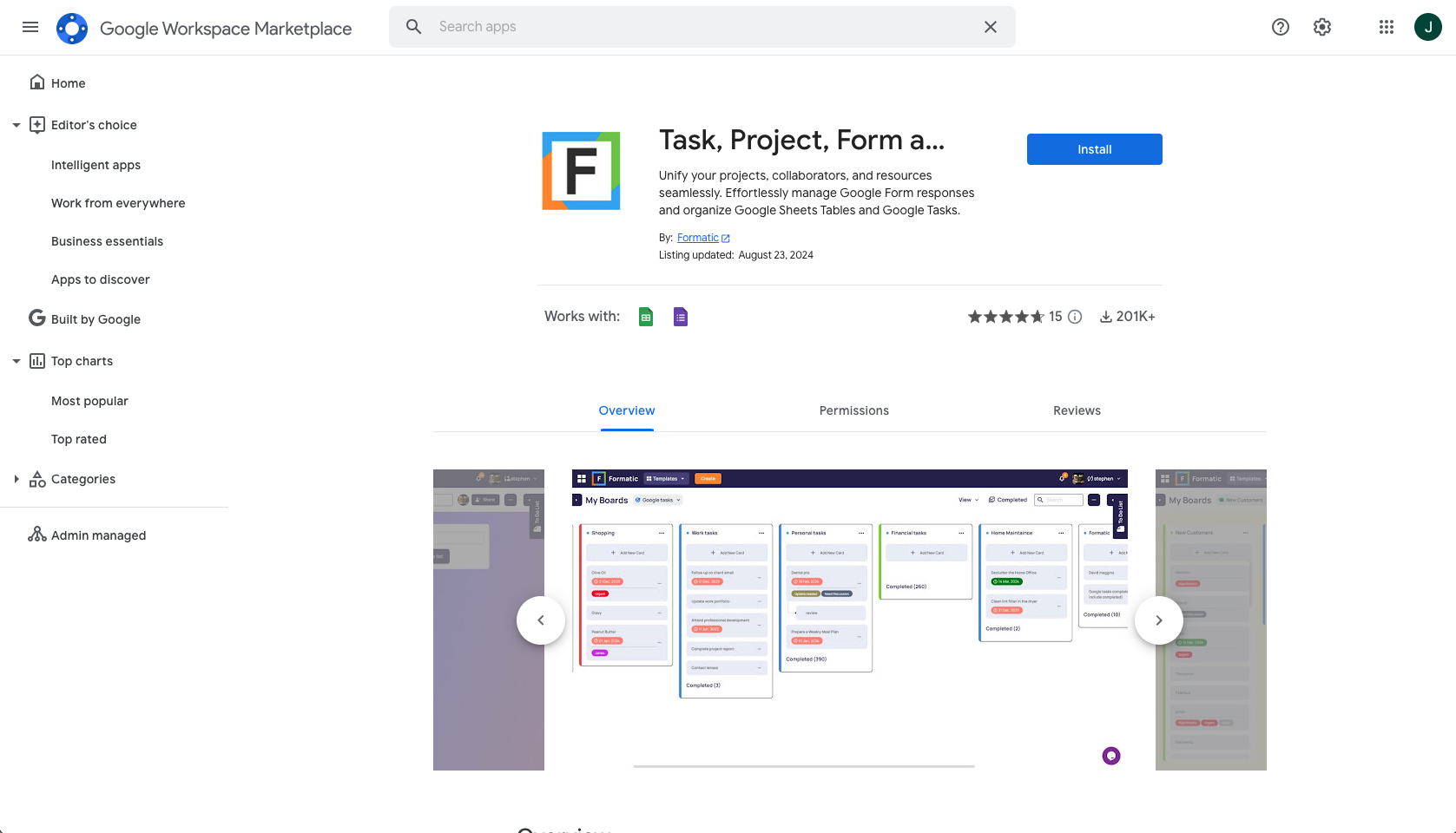

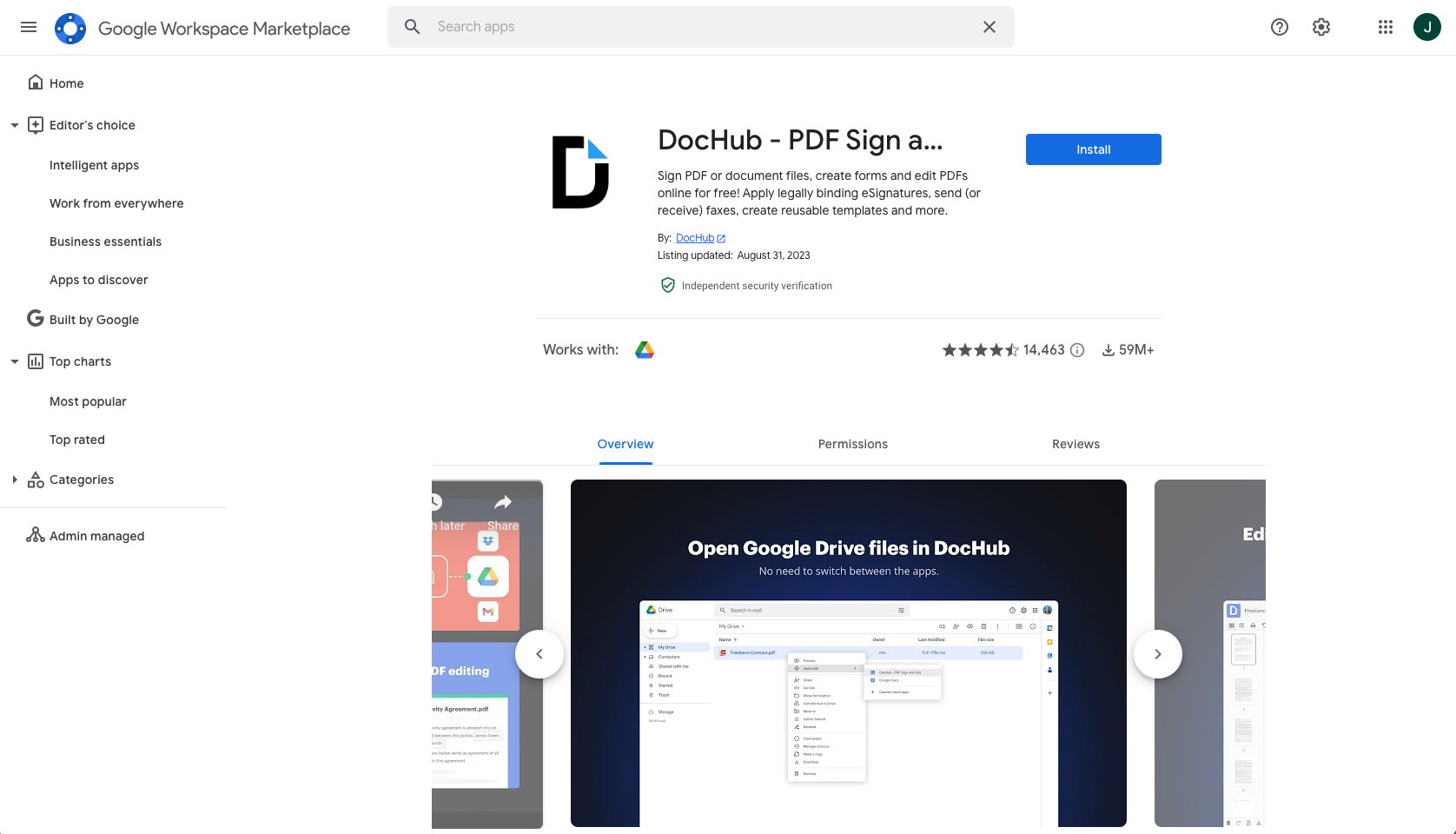
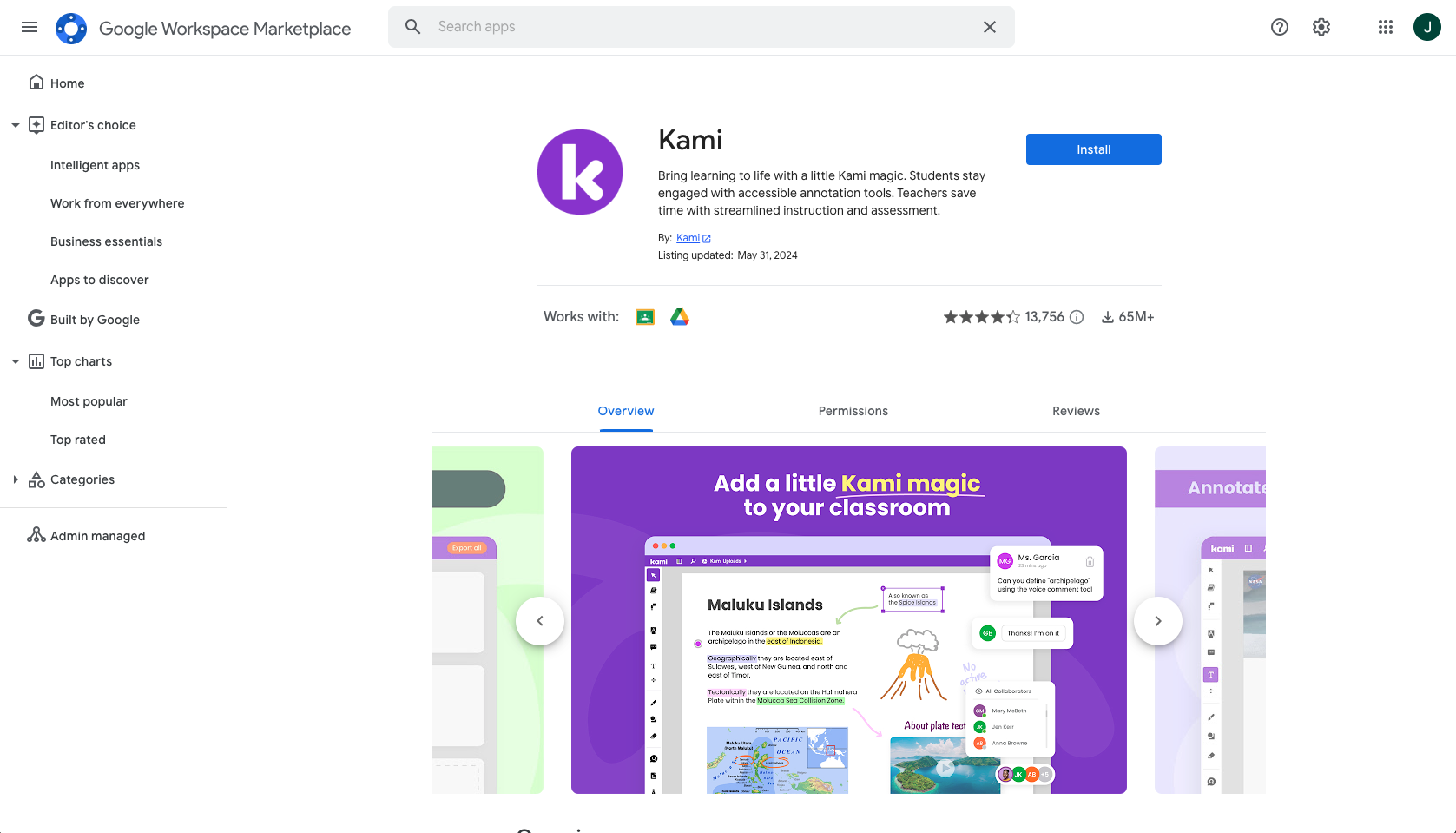
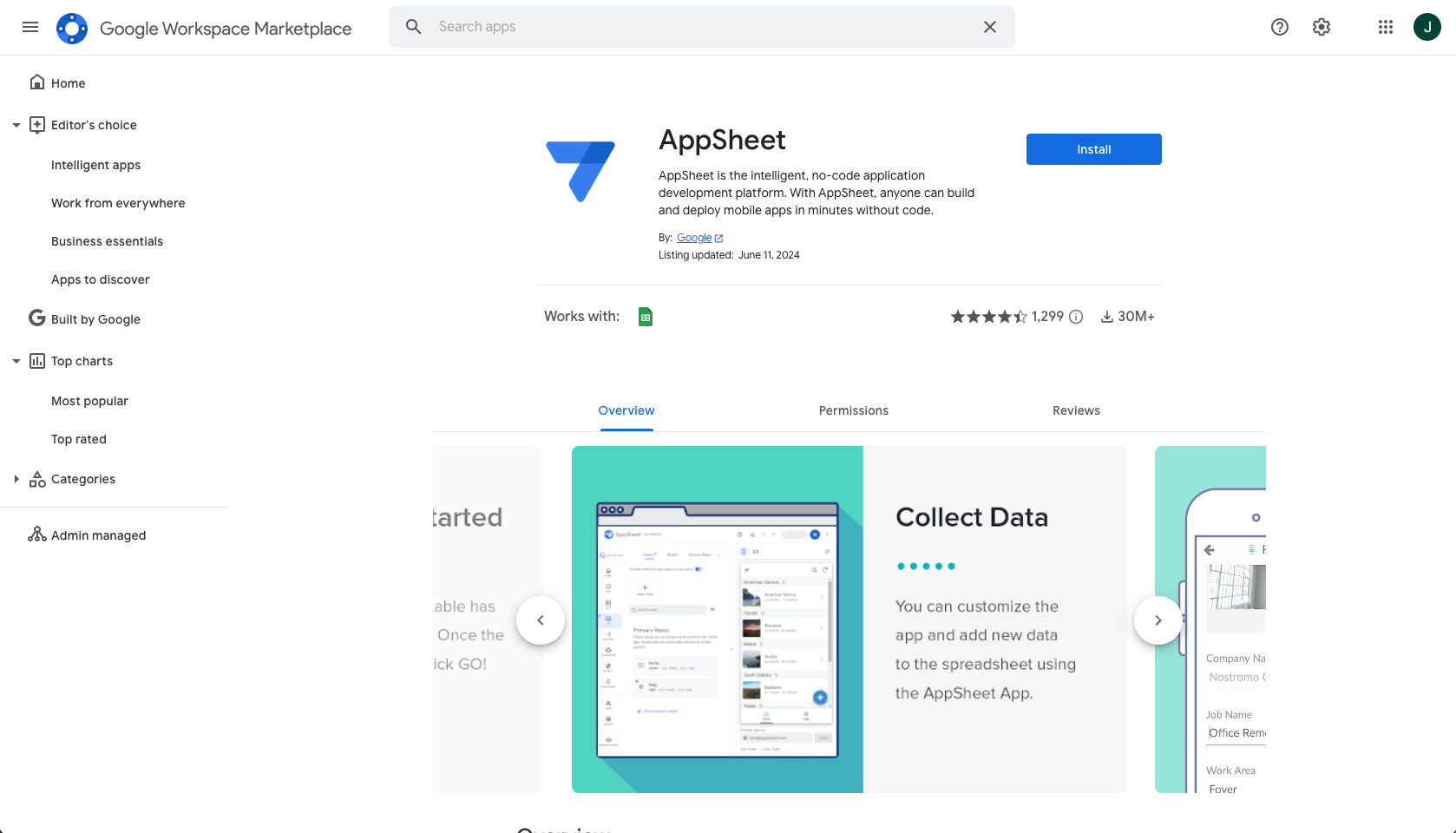

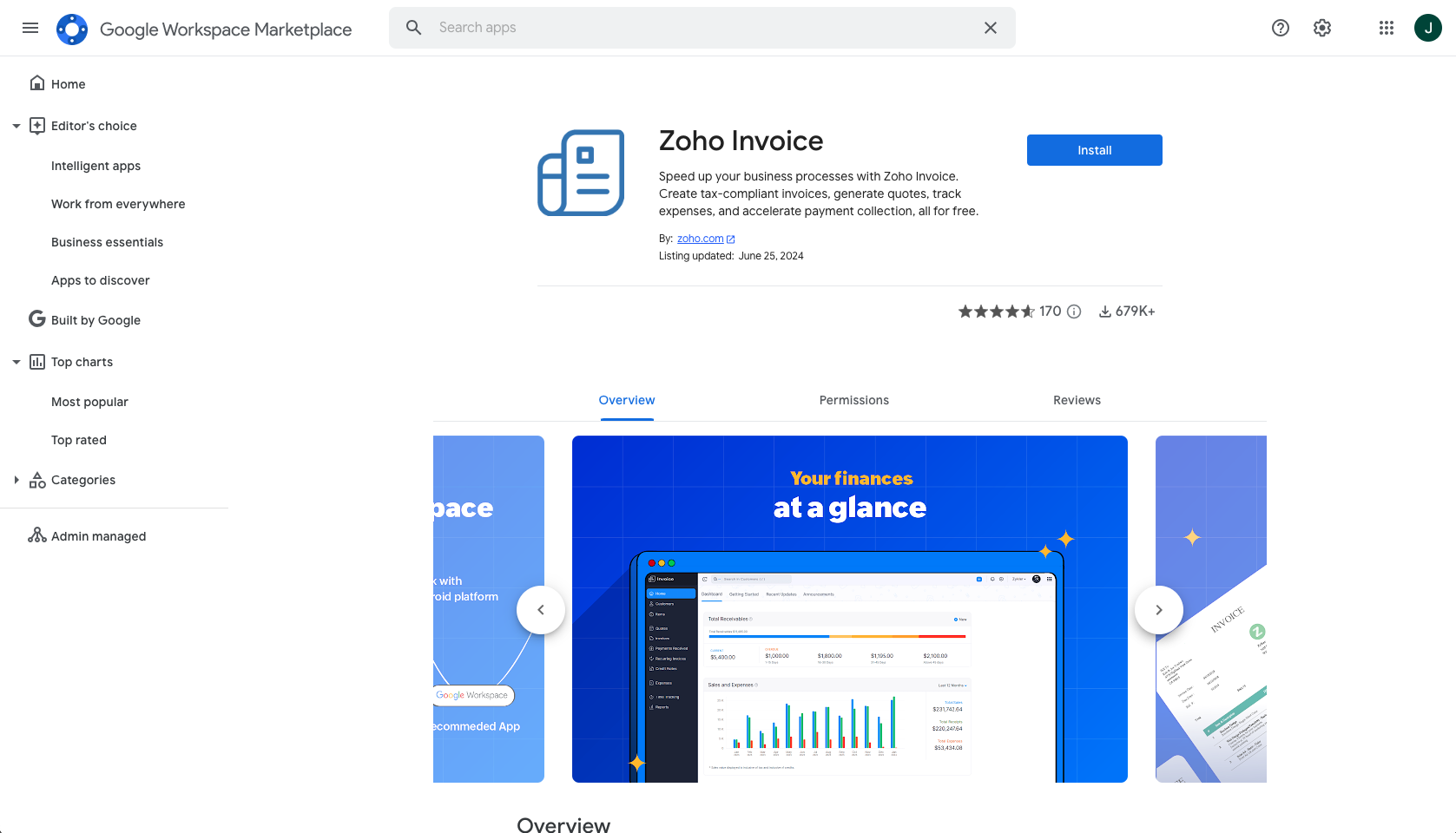




























































































Send Comment: